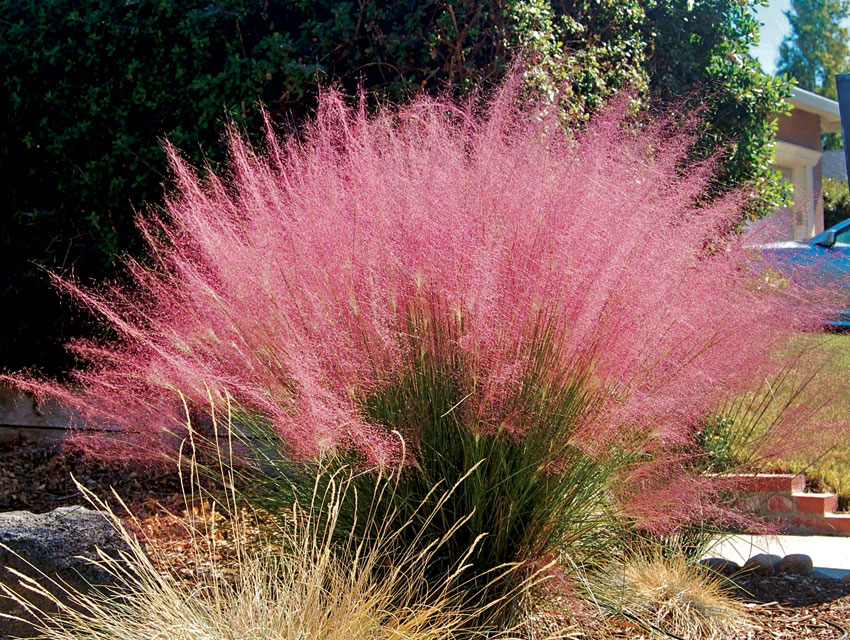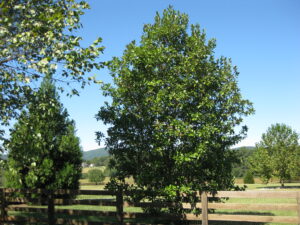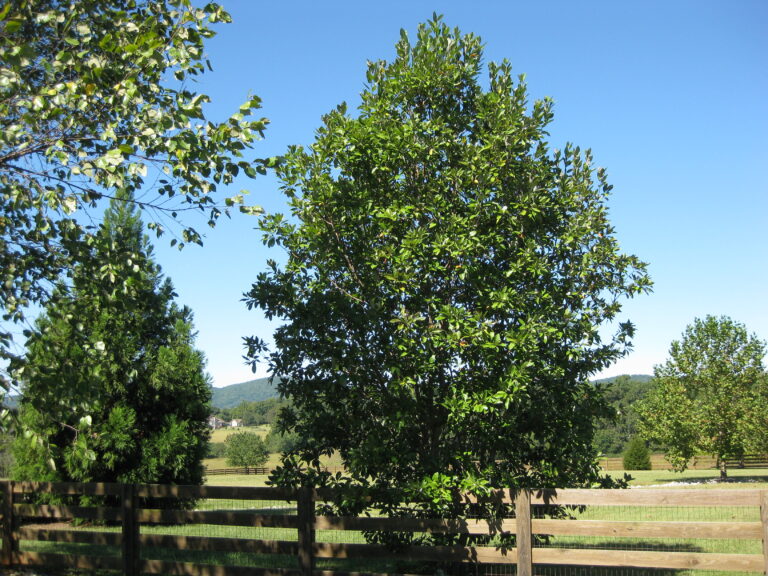Pink muhly grass (Muhlenbergia capillaris) is not only a beautiful ornamental grass, but it’s also low-maintenance. It doesn’t require much in the way of time and attention to make the most of this showy plant. These plants grow at a moderate rate and are best planted in the spring or in the fall—at least a month before the initial frost is expected.
In the spring and summer, the slender, long shoots of grass are green in color. As the fall approaches, the plant produces soft, fuzzy flowers in pink or pinkish-red hues which are often compared to the appearance of cotton candy. As winter grows near, the flowers lose their color but the dried plumes continue to offer visual appeal throughout the dormant season.
There are plenty of ornamental grasses to choose from, but few are as spectacular and low-maintenance as pink muhly grass. Preferring warm, dry climates, this grass is popular for landscaping residential areas, highway medians, meadows, and parks. The beauty of this swaying grass with its pink plumes make the plant an attractive addition to any garden, especially because the flower plumes appear at the end of the growing season and make for a spectacular final finish in the fall.
Be sure to provide adequate spacing of at least several feet in between plants for sufficient airflow and to avoid a fungal infection known as tar spot.
Aside from occasional pruning and dividing the plants every few years, pink muhly grass rarely requires much intervention. These plants thrive in full sunlight, prefer dry-to-medium moisture, well-drained soil, and rarely need fertilizer for healthy, abundant growth. These problem-free plants are not prone to pests or diseases.
Light
Pink muhly grass needs to be planted in full to partial sunlight. It can tolerate some shade, but for proper growth and blooming, the grass requires at least six hours of sunlight (or more) each day.
Soil
The most important thing to know is that this type of grass requires dry-to-medium, well-draining soil. If the soil becomes too wet or boggy, pink muhly grass will not thrive.
In terms of soil pH, this plant prefers slightly acidic to neutral soils. It does not grow well in alkaline soils with a pH higher than 7.0.
Pink muhly grass tolerates salinity exceptionally well. So soil with elevated salt content due to irrigation, mineral weatherization, or road salt is generally not a problem for growing this type of grass.
Water
Once pink muhly grass is established, it doesn’t require much in the way of regular irrigation if rainfall is sufficient. It’s considered to be drought-tolerant and prefers soil moisture to be dry-to-medium. There’s no need to run for the watering can if you experience short bouts of dry weather. The deep roots of this grass plant enable it to thrive even in dry, hot conditions.
However, if the soil surrounding the plant becomes dry to a depth of two inches or more, apply about an inch of water. As mentioned, be sure that the soil is well-draining and doesn’t become overly saturated.
Temperature and Humidity
Pink muhly grass flourishes in warm, dry weather. While it’s native as far north as Massachusetts, it’s often found in abundance in hot, dry climates where it grows well and returns year after year. And while this plant has no problem with warm weather, too much humidity can affect it negatively and might increase susceptibility to tar spot, a fungal plant disease.
This plant is only hardy to USDA cold hardiness zone 6, meaning it can’t tolerate winter temperatures much below minus-10 degrees Fahrenheit without dying off. In such cases, choose a more cold-tolerant, hardy ornamental grass.
Fertilizer
Most ornamental grasses thrive without the addition of fertilizer. Too much nitrogen can even have a detrimental effect on plants like pink muhly grass and cause the shoots to become limp. It’s best to do a soil test to determine whether or not your soil nutrients need a boost.
Types of Pink Muhly Grass
Pink muhly grass is only one type of muhly grass. Many more types and hybrids are not as readily available as the traditional pink muhly grass. Here are several muhly grass cultivars to consider planting:
- ‘White Cloud’: This billowy grass offers creamy upright flowers.
- ‘Rose Muhly’: The grass has loose pinkish-reddish blooms and grows smaller than most other pink muhly grasses.
- ‘Pink Flamingo’: This grass is a hybrid of M. lindheimer and pink muhly grass with bright pink flowers and slender evergreen leaves.
- ‘Undaunted® Ruby’: This grass is native to Texas and has feathery, reddish blooms that gracefully arch over.
- ‘Regal Mist’: A fast-growing grass, this pink muhly grass grows to only about four feet tall with pinkish-reddish flowers.
Pruning
This perennial plant will benefit from being cut back in the late winter or early spring but no later than that and before the growing season begins. Be sure not to cut too close to the crown of the plant—a distance of at least three to four inches should be sufficient.
Avoid pruning this plant in mid-to-late summer because doing so can interfere with the production of the beautiful plumes of flowers for which pink muhly grass is known.
Propagating Pink Muhly Grass
A stand of showy pink muhly grass can become a real show-stopping display that can be created by propagation. These plants are relatively easy to propagate by either seed collection or division. In fact, dividing pink muhly grass plants typically becomes necessary every few years to keep them tidy and maintain necessary spacing between individual plants. Otherwise, the plant continues to spread and a dead area can form in the center of the clump. To propagate by division, follow these steps:
- Using a shovel or spade, dig around the perimeter of an individual plant, and then be sure to dig deep enough under the plant to free the root ball.
- Split the plant into two or three equal parts, depending on the size of the root ball. Keep in mind that ornamental grasses can have very dense, fibrous root systems. It might take a sharp tool or even a chainsaw to divide the root system. Use caution and wear personal protective equipment.
- Place one division of the plant back into the original hole. The remaining sections can be relocated or passed along to a friend for planting in their garden.
How to Grow Pink Muhly Grass From Seed
Growing pink muhly from seed is easy, but be prepared to wait a season to see blooms after seedlings are transplanted into the ground. To propagate by seed, you’ll need to collect the brown seeds that collect in the flower plumes. Once the brilliant pink or reddish hues have faded from the flowers in late fall, it’s time to collect the seeds. You can comb the plume to release the seeds—leaving the dried flowering grass intact for some visual interest through the winter season. Once you have collected the seeds, follow these simple steps:
- Plant the seeds in early spring, either indoors or you can direct sow them outside in a sheltered area if the climate is favorable enough.
- Pink muhly grass seeds need light in order to germinate, so sow them on top of a layer of soil but don’t cover them with soil.
- Mist with water to maintain moisture until the seeds begin to sprout, which should be in about two weeks.
Common Pests
The main pest that can make its home on pink muhly grass is the mealybug. If there are mealybugs on your plant, the plumes might look frothy and white because of the pest’s white residue. You can hose the pests off the plant with a hard stream of water or spra with neem oil.
Common Problems With Pink Muhly Grass
The only issue you might encounter with pink mulhy grass is its lack of pink froth in the fall. If this is the case, here are some reasons why the plant is not blooming, which can be easily resolved:
- Dehydrated because of extreme drought conditions
- Not enough sun—full sun is best for better blooms
- Pruned in the spring/summer which thwarted seed head development
- Planted too close together and packed clumps lack air circulation








